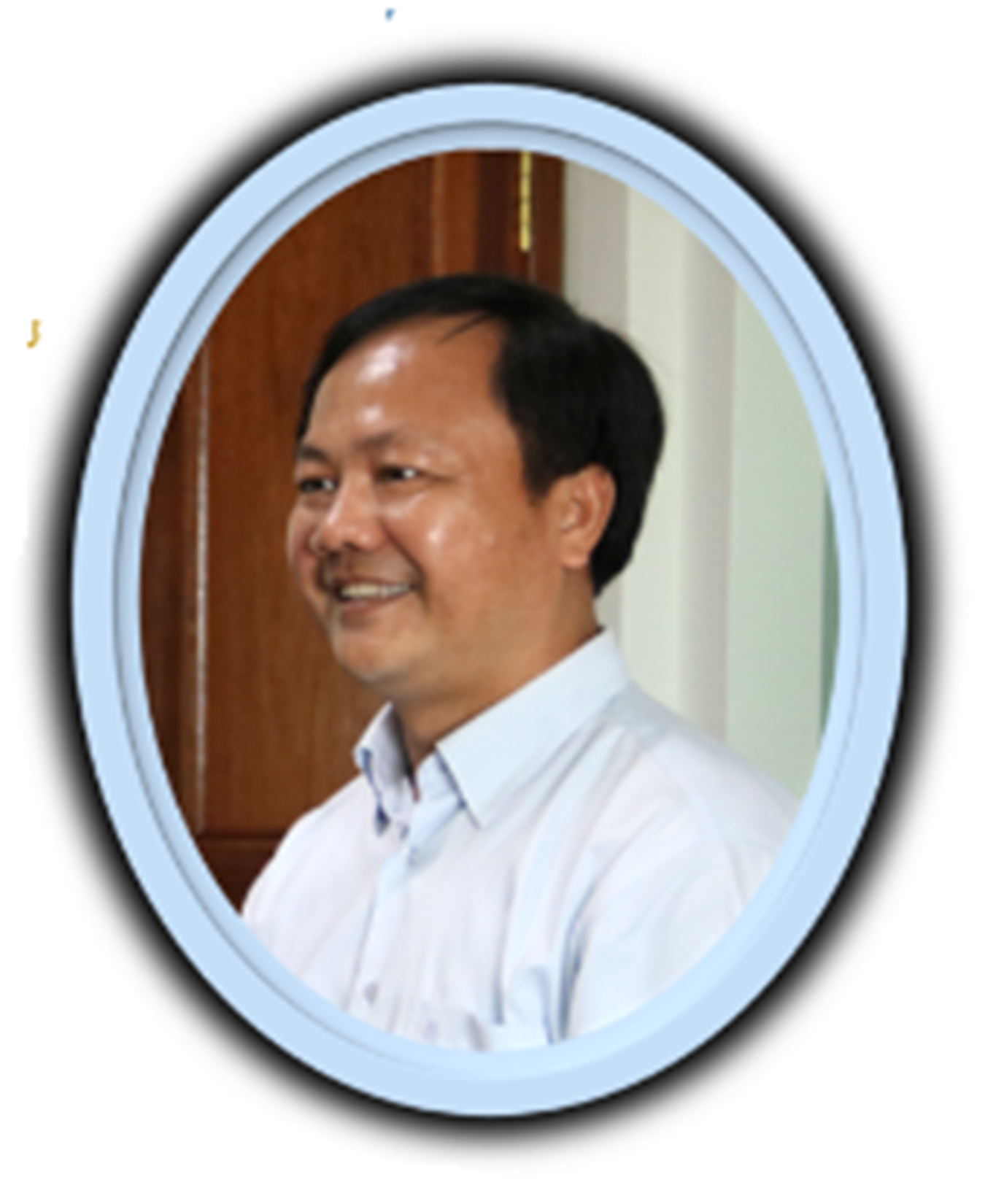
New Director of CNM
Dr. Huy Rekol
Is the Director of the National Center for Parasitology, Entomology and Malaria Control, also known as CNM.
Dr. HUY Rekol (MD, MPH, DTMH, EFTP) took office on September 01, 2014 as the Director of the National Center for Parasitology, Entomology and Malaria Control to replace His Excellency, Dr. CHUOR Meng Chour, who has now retired. more...
|
|
|
| |


